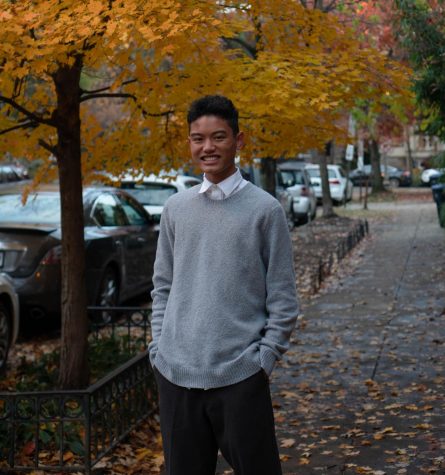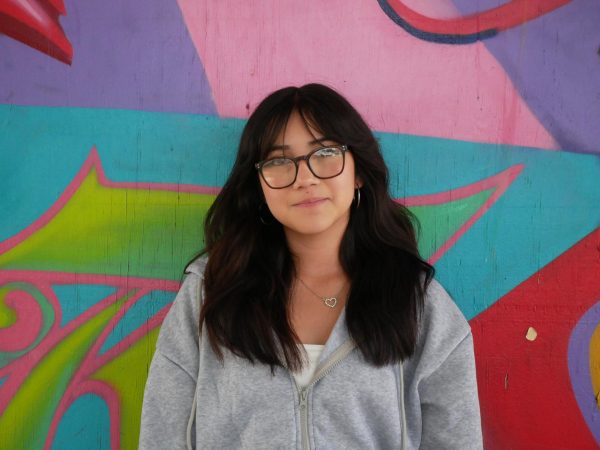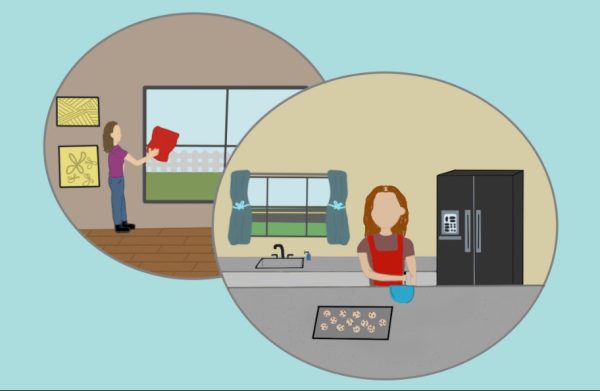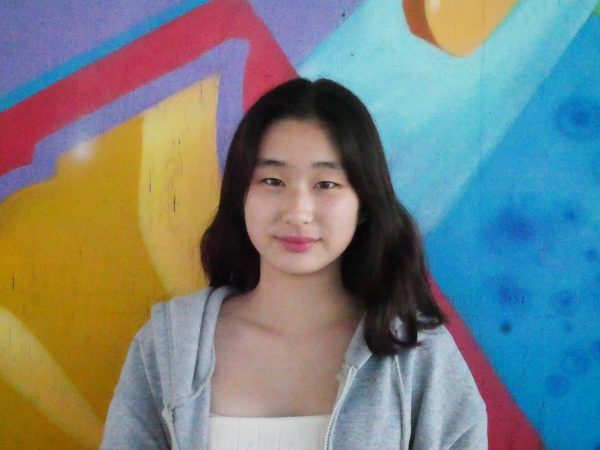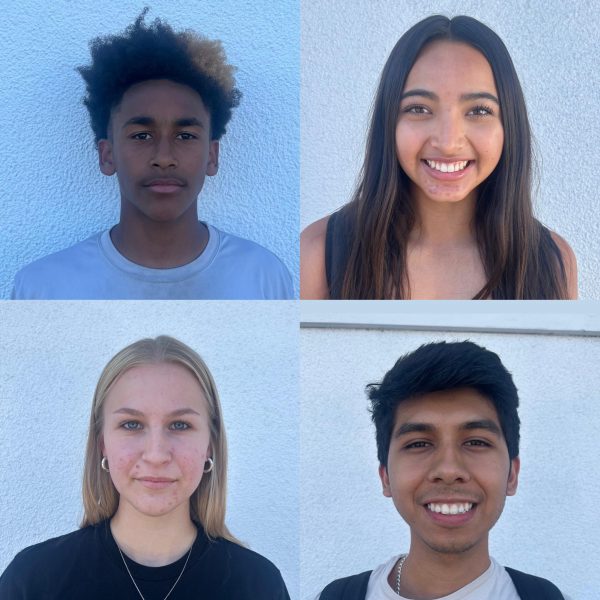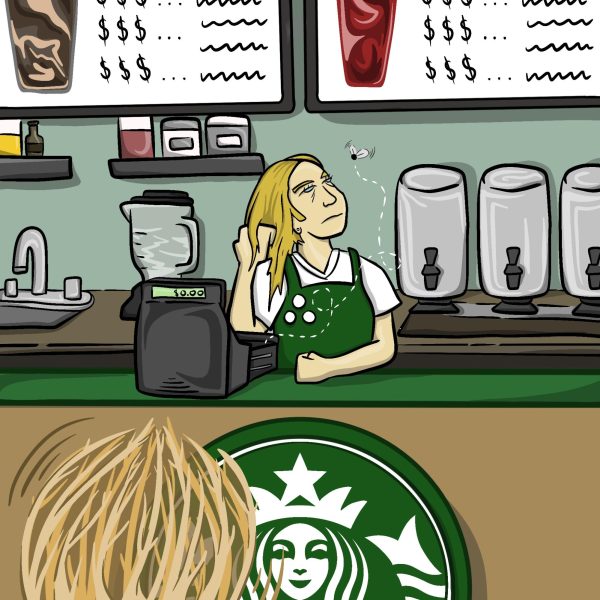Don’t gloss over creativity
BVH should place more emphasis on its art program
December 20, 2019
Art is essential to the human experience. Directly relating to motor skills, art is a natural form of expression that stems from the creative potential of the mind itself. Art gives the individual the opportunity to reflect on the human condition and insight as to how they perceive reality. Yet, while the positive applications of art are known, its place in high school education is increasingly overlooked.
At Bonita Vista High (BVH), and other high schools under the Sweetwater Union High School District, the role of art remains very small. Around campus, the art curriculum is designed to teach concepts art instead of applying them, diminishing the value of art as a free form of expression.
“In the art class that I took, AP Art Studio, we didn’t really do anything to try and enrich the campus as much. They were more focused on teaching the student the art instead of trying to spread it out,” BVH senior and president of the Comic Creation club Jasmine Foster said.
Around the school, there has not been much development of campus beautification in relation to the arts; the murals along the 200s, 300s, 400s, and 500s buildings were painted almost a decade ago and no developments have been made since. In fact, it seems as though the presence of art has been fading away in recent years.
“When I first came to BVH, I noticed this bright rainbow mural on the dance room. I thought that was really cool but it got painted over. I think a lot of art-related things are fading away and BVH is being directed away from art,” Foster said.
According to the study, “Arts Education in America: What the declines mean for arts participation,” by Nick Rabkin of the University of Chicago, the amount of students involved in an arts education has decreased drastically over the past few decades. The study states that this change is primarily attributed to a shift in focus to standardized testing, forcing schools to invest in resources that specialize in tested subjects. Unfortunately, art is not a standardized tested subject, causing schools to place less emphasis on arts programs.
However, art remains an important aspect of a student’s daily life, influencing the student’s academic, social and cognitive thinking skills. Brian Kisida of the Brookings Institution, mentions in the article, “New Evidence of the Benefits of Arts Education” that students who had an emphasis in arts education experienced reduction in delinquency, an improvement in standardized writing scores and an increase in their ability to understand others.” As art is a form of creative expression, the benefits of abstract thinking are noticeable.
Moreover, in connection to the students’ emotional relationship to academics, Kisida found that students who had art education were more likely to agree that school work is enjoyable and that their school offers programs, classes and activities that keep them interested in school.
Therefore, not only does art produce better academic results, but these increases in performance are attributed to a meaningful relationship to education that encourages students to develop a passion for learning. Therefore, BVH should take steps to improve their own arts program.
While a dramatic change in the educational curriculum may seem out of reach, BVH can begin by promoting school field trips within their art program. School field trips to art museums will expose students to a variety of different mediums of art, giving them the opportunity to discover or build upon an appreciation for art. Kisidia states that enriching field trip experiences will reinvigorate the schoolwide arts education by shedding insight on a well-rounded education.
Ultimately, the application of art is the embodiment of artistic expression. In light of this statement, pushing students to engage in art outside of art class will illuminate the benefits associated with it.
“I think art is something really important to the learning process for any age. Having it be here [at BVH] and having it surround us will make the campus a more lively place. It will allow students to be inspired by art and take it up in their own lives,” Foster said.


